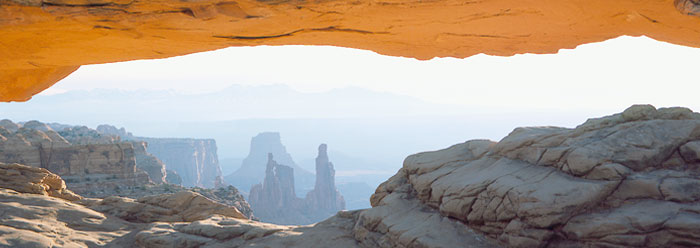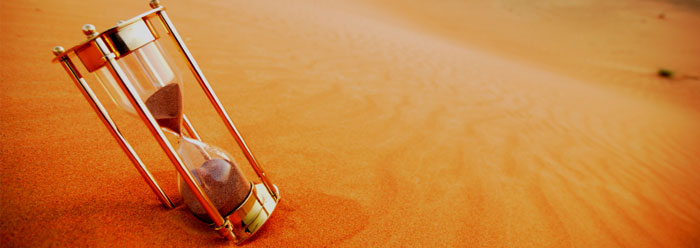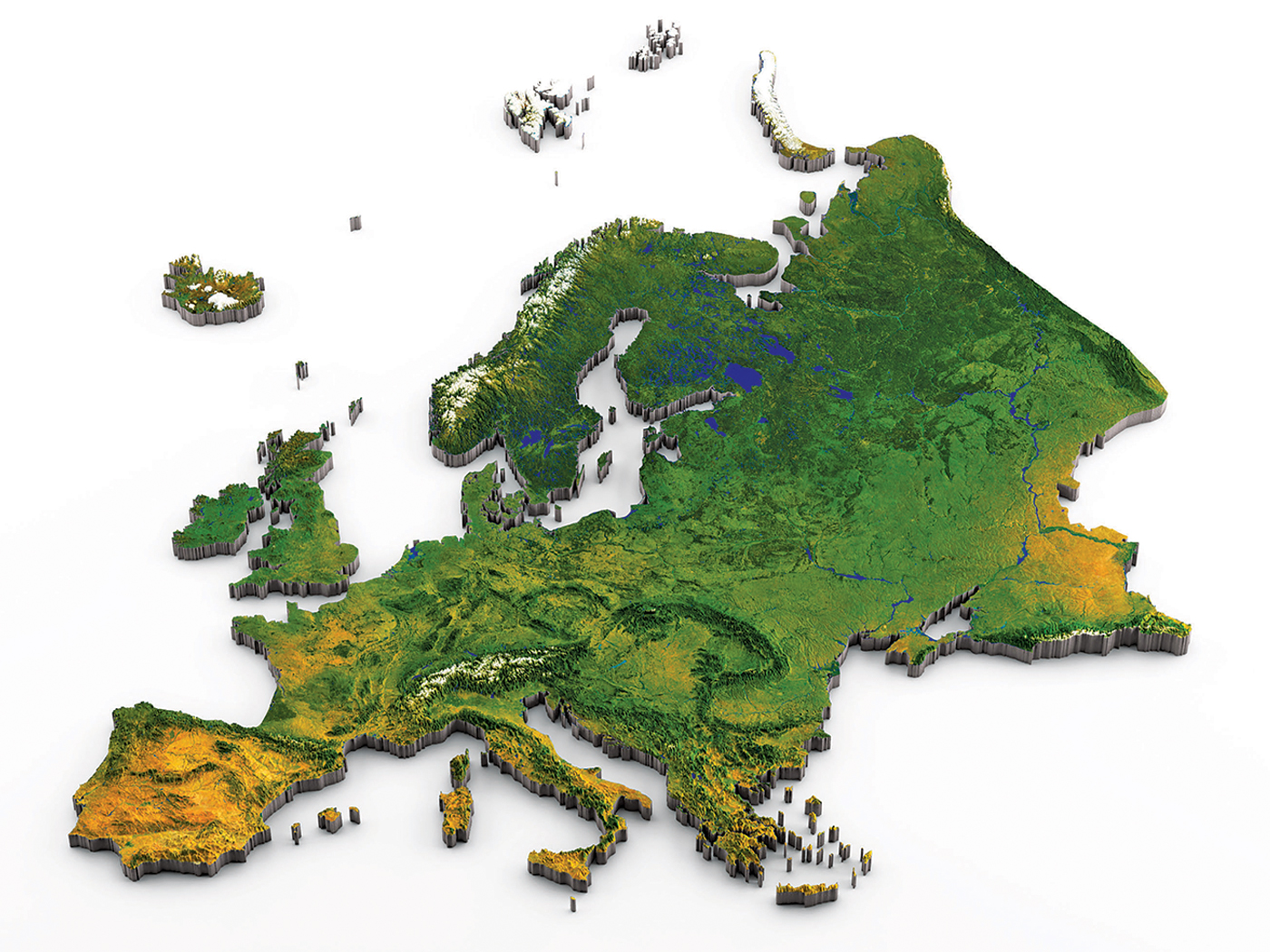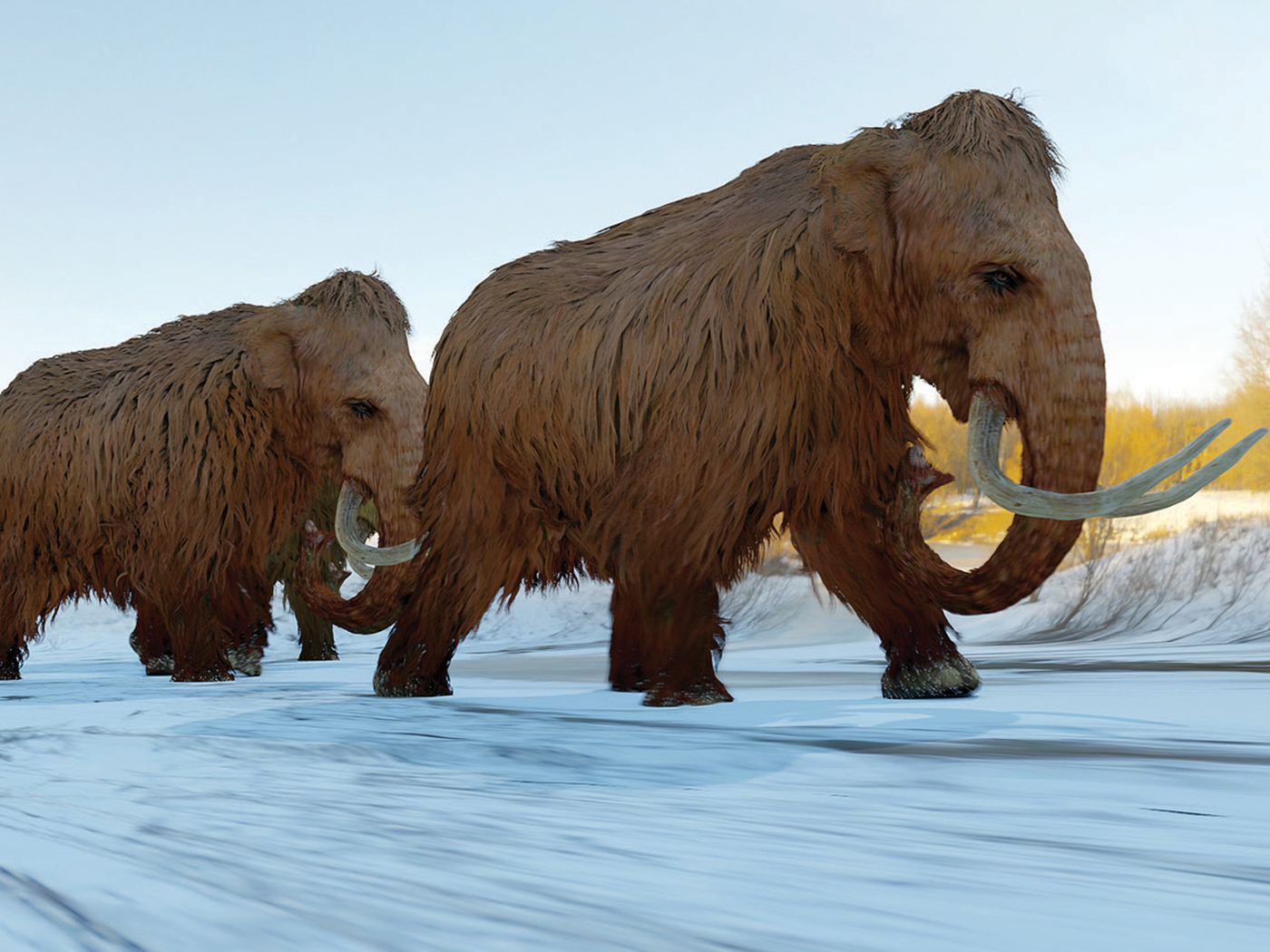In 2010, a new candidate was announced for humanity's evolutionary tree…Australopithecus sediba.1 Now, recent analyses of its fossilized bones are being reported as further proof of its ancestral standing.
However, headlines presenting it as another rung on the human evolutionary ladder…such as "2-million-year-old fossils raise hope over 'missing link,'"2 "Fossil Trove Sheds Light On a Stage of Evolution,"3 and "Rethinking Human Origins: Fossils Reveal a New Ancestor on the Family Tree"4…all fly in the face of the actual data found in the five detailed reports describing it in the journal Science.
One of the scientific reports examined the features of each bone in the wrist and hand from what appears to have been an adult female. The unique hand doesn't look like a modern ape's, a modern human's, or even some sort of gradual transition between the two. The researchers described it as a "mosaic" of features.5
"Sediba's" finger bones were long, curved, and…"together with its primitive australopith-like upper limb"…demonstrate that this small primate was fit for swinging through trees, unlike ground-dwelling humans.5
Also, Sediba's thumb was long and skinny. The human thumb is shorter in proportion to the fingers so that it can be used to build things and handle "large loads during stone tool production." So Sediba's thumb probably "was not subject to the same type or frequency of loading as that of other contemporary or later hominins."5 Thus, this creature's anatomy shows strong evidence that it did swing from tree branches and, despite reports to the contrary, did not make tools.
The study authors wrote that the uniqueness of Sediba's hand "adds to the range of morphological [shape] variation previously documented in the hominin carpometacarpal [wrist] joints and to the ambiguity surrounding the polarity and functional significance of some of these features."5
The "functional significance" refers to the fossil hand's potential to manipulate objects and manufacture tools…a distinguishing feature of mankind made possible, in part, by humans' distinctive hand anatomy.6, 7
So, if Science says that this fossil adds "ambiguity," how can the mainstream media say it "sheds light" on human evolution? Clearly, the scientific details do not match the headlines. But when it comes to human evolution, headlines typically don't match reality.8
For example, in 2009, "Ardi" enjoyed widespread coverage as a fossil species that best represented evolutionary notions of the anatomy "of our elusive common ancestors with the African apes."9 But the grand claims that it walked upright like humans were soon debunked.10
Reports in 2010 on Australopithecus sediba fossils made similar claims regarding the possibility that the species represents some human ancestor. But it, too, was quickly seen as "not a missing link."11 The new Sediba hand fossils, from the same site as those described in 2010, clearly confirm what was concluded last year.12 Rather than showing any transitional features between ape and man, the hand contains a mosaic of well-matched features that were uniquely fitted together…as though they belonged to a specially created, distinct creature.
References
- Thomas, B. Australopithecus sediba: Another Human Ancestor? ICR News. Posted on icr.org April 14, 2010, accessed September 9, 2011.
- Vergano, D. 2-million-year-old fossils raise hope over 'missing link'. USA Today. Posted on usatoday.com September 8, 2011, accessed September 9, 2011.
- Hotz, R. L. Fossil Trove Sheds Light On a Stage of Evolution. The Wall Street Journal. Posted on wsj.com September 9, 2011, accessed September 9, 2011.
- Kluger, J. Rethinking Human Origins: Fossils Reveal a New Ancestor on the Family Tree. Time Science. Posted on time.com September 8, 2011, accessed September 9, 2011.
- Kivell, T. L. et al. 2011. Australopithecus sediba Hand Demonstrates Mosaic Evolution of Locomotor and Manipulative Abilities. Science. 333 (6048): 1411- 1417.
- Guliuzza, R. 2009. Made in His Image: The Connecting Power of Hands. Acts & Facts. 38 (10): 10-11.
- Bell, Sir Charles. 1852. The Fourth Bridgewater Treatise on the Power, Wisdom, and Goodness of God as Manifested in the Creation: The Hand; Its Mechanism and Vital Endowments as Evincing Design, 5th ed. London: John Murray, 1.
- Thomas, B. 2009. The Ida Fossil: A Clever Campaign for a Lackluster "Link." Acts & Facts. 38 (7): 17.
- Lovejoy, C. O. et al. 2009. The Great Divides: Ardipithecus ramidus Reveals the Postcrania of Our Last Common Ancestors with African Apes. Science. 326 (5949): 100, 104.
- Shreeve, J. Oldest Skeleton of Human Ancestor Found. National Geographic News. Posted on nationalgeographic.com October 1, 2009, accessed September 9, 2011.
- Choi, C. Q. Fossil Skeletons May Be Human Ancestor. LiveScience. Posted on livescience.com April 8, 2010, accessed September 9, 2011.
- Thomas, B. A New Evolutionary Link? Australopithecus sediba Has All the Wrong Signs. ICR News. Posted on icr.org April 15, 2010, accessed September 9, 2011.
Image credit: Copyright © 2011 AAAS. Adapted for use in accordance with federal copyright (fair use doctrine) law. Usage by ICR does not imply endorsement of copyright holders.
* Mr. Thomas is Science Writer at the Institute for Creation Research.
Article posted on September 13, 2011.














